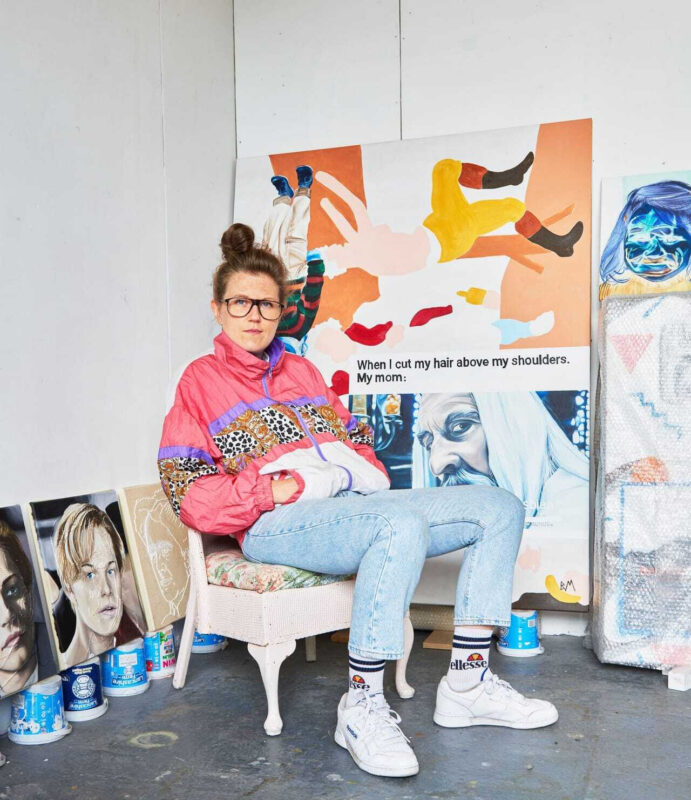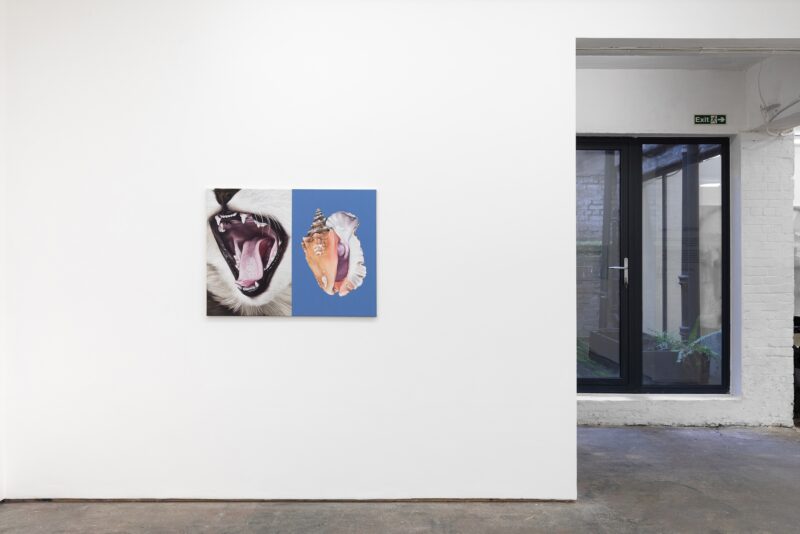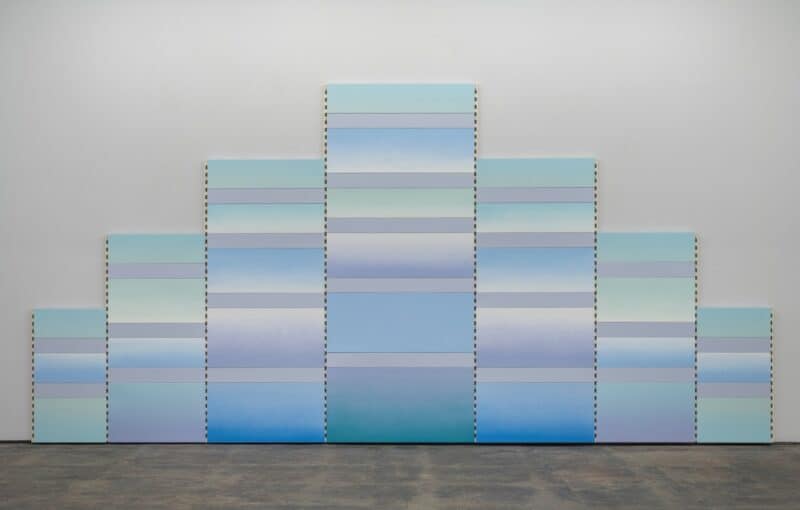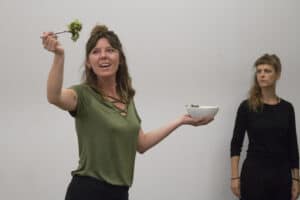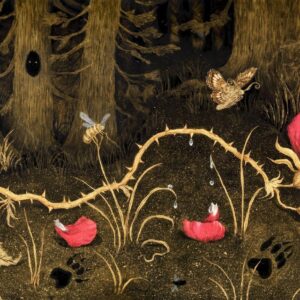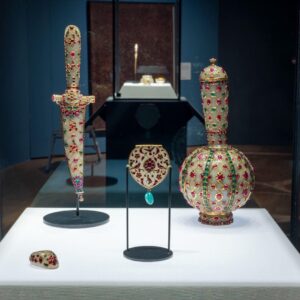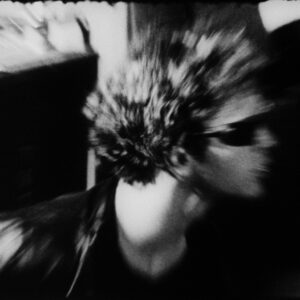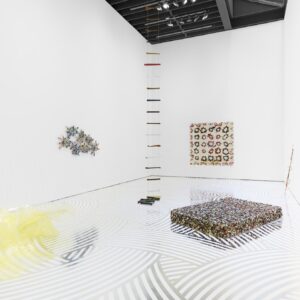“The home is after all defined by the ability to limit the presence of other living things…”
– Whoopsie, Bichon Frisé
Windows and lust, borders and control, nationalism and nostalgia, invertebrates and revulsion; Patrick Goddard’s new solo exhibition focuses on the politics of exclusion. Home Invasion is a combination of sculptures, installation and film, marrying anthropogenic concerns about an end of ‘the wild’ with a critique of human xenophobia.
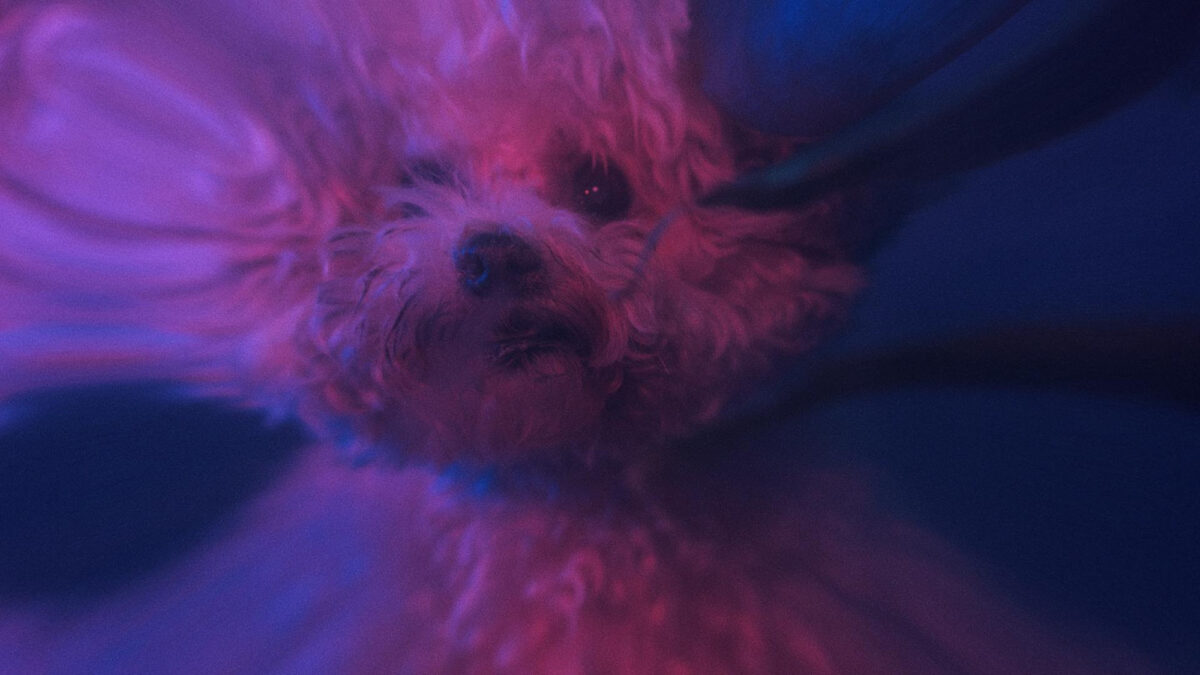
In the first room of the exhibition a series of wall works employ the familiar sight of insects lying dead on a window sill. A mass of bodies, cast in lead or silver, expired at the foot of an impassable boundary. Using the domestic threshold as metaphor and example of the hard border through which one can see but not pass, the window shows an inaccessible reality beyond, reduced to an image. The works present a non-resident perspective, seeing both the modern domicile and nation-state as a sight of exclusion and violence for ‘unauthorised’ life. Dead insects found on the artists own window sills have been cast in metal, as well as other animals that have tried and failed to pass through the glass.
Houses feature prominently in this show. Throughout Goddard’s practice installations have been made from recycled material salvaged from demolished London housing: lead, wood and glass materially imbued with the eco-politics of urbanisation. This new body of work expands this interest in housing, shifting from the house to the home.
Passing through the doors of a garden shed into a second room, the viewer then encounters a film surrounded by wall mounted dioramas. Whoopsie’s Dream is the second of Goddard’s films to feature the eponymous Bichon Frisé. The political black comedy again sets as antagonist the talking dog Whoopsie – this time as she narrates her recent nightmare to the viewer. Set in part in an idealised 1960’s Britain, her dream reflects her anxieties and prejudices around immigration, queer liberation and the Other. Satirising and literalising racist linguistic tropes that compare the immigrant to the animal (think of swarms, infestations and plagues in the press), the film sees ‘wild’ animals invade the dog’s town, home, and ultimately her body. Wild animals, or more precisely non-pedigree animals-without-use, serve both as a paradigm for anthropocentric contentions and as metaphor for a more human racial politics. Invertebrates overrun the home, parasites infest the body and a host of giant snails blight the suburban environment, or as Whoopsie puts it: “Criminals and deviants come to consume the English garden, to consume the entire world and leave nought but primordial slime in their wake!”.
Shown alongside the film are wall-based sculptures derived from the film, model train-set style dioramas styled as nostalgic visions of England. As in the final section of the film, these miniature models are overrun by snails, the shelled molluscs serving as both a cypher for a returning untamed natural world as well as satirising racist concerns over immigration. Each scene is framed by a looming painted backdrop. The comparative vastness of the painted skies further highlighting the miniature-ness of the models and implicitly the small-mindedness of a reactionary nostalgia for a Britain that probably never really existed.
Patrick Goddard – Home Invasion, 2nd February – 23rd March 2024, SEVENTEEN
